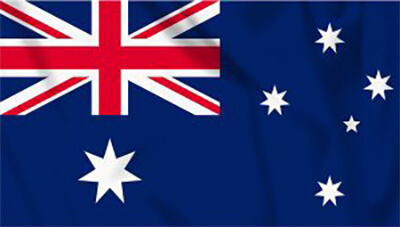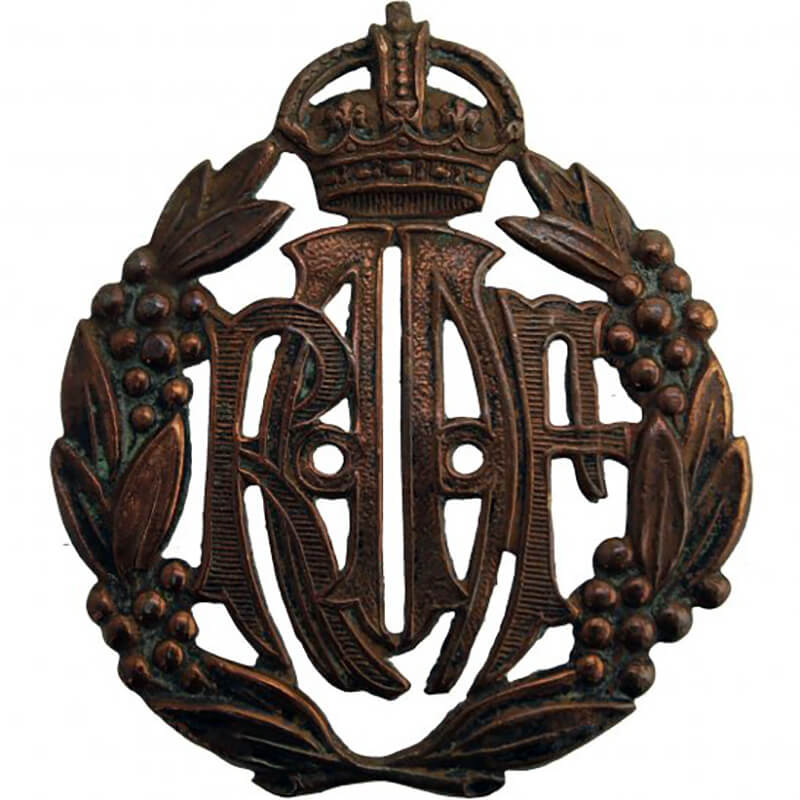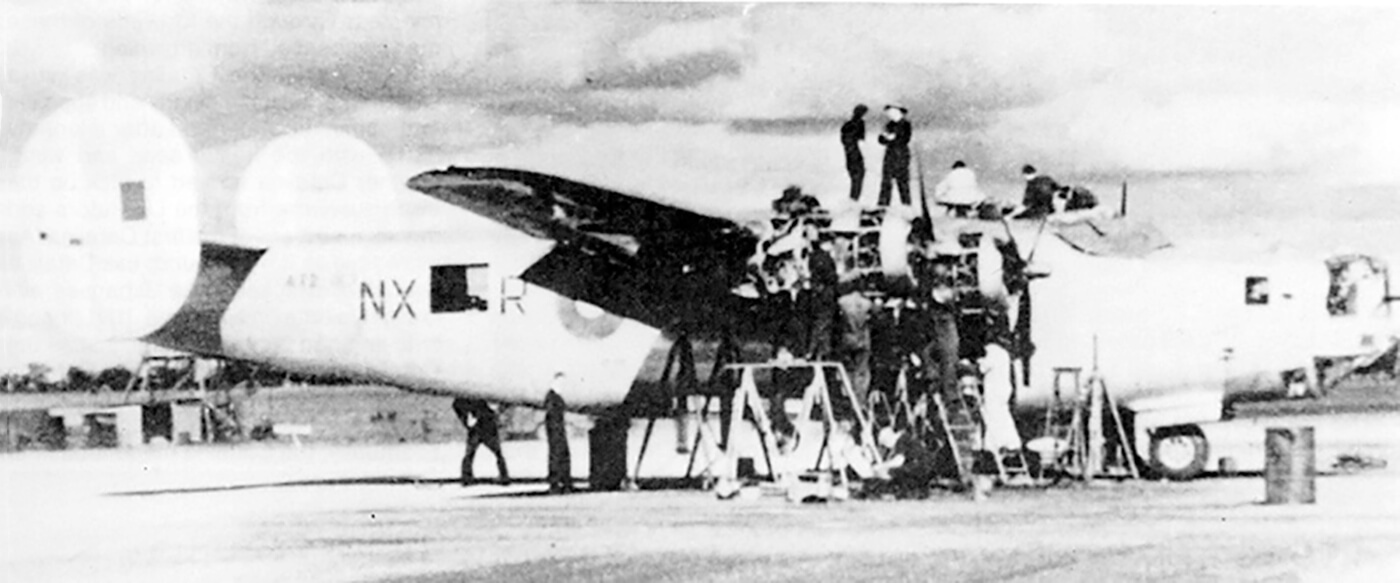| Page Created |
| March 10th, 2023 |
| Last Updated |
| March 15th, 2023 |
| Country |
 |
| Additional Information |
| Unit Order of Battle Commanders Operations Equipment Multimedia Sources Interactive Page |
| Badge |
 |
| Motto |
| – |
| Founded |
| February 20th, 1945 |
| Disbanded |
| December 15th, 1945 |
| Theater of Operations |
| Malasia Dutch Indonesia New Guinee |
| Organisational History |
Starting in late 1943, the United States Army Air Forces’ (USAAF) 380th Bombardment Group occasionally provides support to Allied special operations units in the Southwest Pacific Area using B-24 Liberators. In July 1944, two No. 24 Squadron RAAF B-24’s are modified to drop special operations personnel and performs such operations from Hollandia during August.
In June 1944, a proposal is made to form a specialised Royal Australian Air Force unit to provide air transport for the Allied Intelligence Bureau’s Z Special Unit. This proposal is approved and No. 200 Flight is established on February 20th, 1945, at Leyburn Airfield, Queensland. Two Liberators from No. 24 Squadron Royal Australian Air Force are initially assigned to No. 200 Flight to assist the Liberators from the 380th Bomb Group in training with Z Special Operations unit members at Leyburn airfield. A frame is built at Leyburn airfield for practice jumps and training flights commence in late February 1944. Despite being a priority unit, it faces shortages of equipment, and its accommodation and maintenance facilities at Leyburn are basic. By that time there are five Liberators involved in No. 200 Flight’s secret operations. Many air and ground crew members from No. 99 Squadron are transferred to No. 200 Flight.
The flight is under the control of the Allied Intelligence Bureau and is responsible for inserting and supplying intelligence-gathering parties behind Japanese lines. Personnel from the flight are not permitted to talk about their duties due to the secrecy of their tasks. No. 200 Flight’s six B-24 Liberators are modified for their specialised role by removing the mid-upper and ball turrets, all armor plate, replacing the normal radar with a Rebecca radio set, and installing a slide at the rear of the aircraft to drop personnel and supplies. By mid-March, the flight has nine eleven-man aircrews, 450 ground crew members, and six B-24’s.
On March 15th, 1945, No. 200 Flight begins its first operation. Squadron Leader Harold Graham Pockley disappears on its way back from the first mission on March 25th, 1945. Wing Commander E. V. Read succeeds Pockley on April 15th, 1945.
In July 1945, the morale of the troops is boosted by the Installation of a wireless (PA) system, and with the provision of various sporting accessories.
However, the unit encounters some difficulties due to the challenge of locating its drop zones and limited support from the Australian First Tactical Air Force stationed at Morotai, its main operational base. Despite these challenges, the operations are successful, although the flight loses two more B-24’s during these missions.
No. 200 Flight continues to operate beyond the end of the war on August 15th, 1945, dropping Allied Intelligence Bureau operatives and supplies until mid-October. After that time, they transport personnel back to Australia and perform courier services. However, the unit face mechanical problems as experienced personnel are discharged, and these problems increase over time. The unit is disbanded on December 15th, 1945, at Leyburn Airfield, Queensland, Australia.

